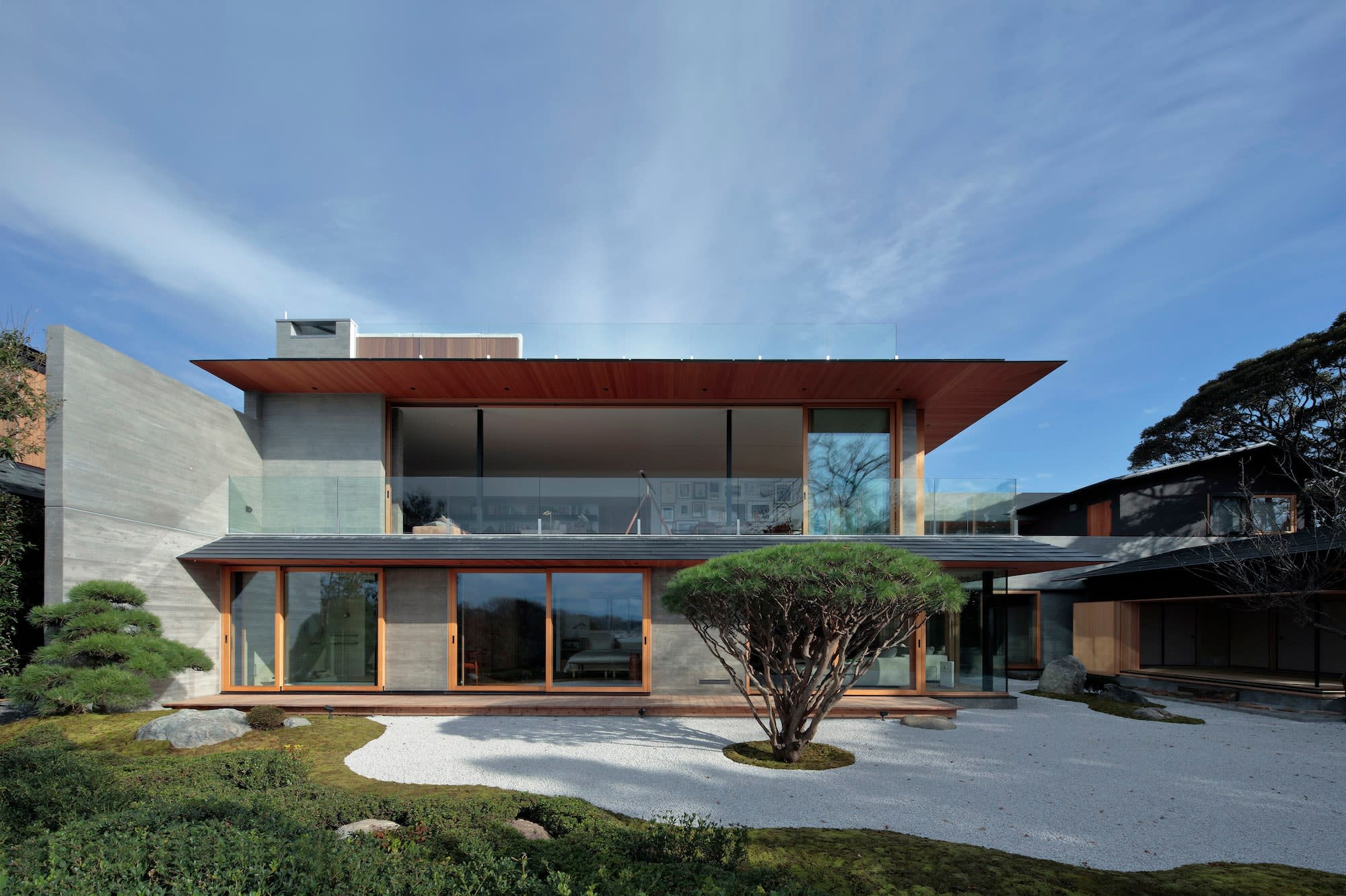Cultural Significance Of Rongjiawan Architecture
Share
Rongjiawan architecture, a remarkable representation of traditional Chinese building styles, is not just about aesthetics; it embodies the cultural, historical, and social narratives of the region. Located in the heart of China's Sichuan province, Rongjiawan is a testament to the ingenuity and craftsmanship of the local artisans. This article will explore the various facets of Rongjiawan architecture, its cultural significance, and why it deserves a spot on your travel itinerary.
Historical Context
Rongjiawan architecture dates back to the Ming and Qing dynasties, a period marked by significant advancements in arts and culture in China. The architectural style is characterized by its intricate wooden structures, elaborate carvings, and the use of local materials. The design principles reflect the philosophical beliefs of Confucianism, emphasizing harmony with nature and community values.
Key Features of Rongjiawan Architecture
The architectural style of Rongjiawan is distinguished by several key features:
-
Wooden Structures: The use of wood as the primary building material not only showcases the craftsmanship of local artisans but also aligns with the region's abundant natural resources.
-
Intricate Carvings: Decorative elements often depict historical events, folklore, and natural motifs, serving both aesthetic and educational purposes.
-
Courtyard Layout: The layout typically includes a central courtyard, promoting communal living and interaction among residents.
-
Sustainable Design: The architecture is designed to be in harmony with the environment, utilizing natural ventilation and sunlight to enhance living conditions.
Cultural Significance
Reflection of Local Identity
Rongjiawan architecture is a vital component of the local identity in Sichuan. It reflects the customs, traditions, and values of the people who inhabit the region. The buildings serve as a canvas for storytelling, where each carving and design element tells a tale of the past, connecting generations through shared heritage.
Preservation of Traditional Crafts
The intricate craftsmanship involved in Rongjiawan architecture has been passed down through generations. This preservation of traditional building techniques not only sustains local employment but also fosters a sense of pride among artisans. Visitors can often witness craftsmen at work, providing a unique opportunity to appreciate the skills involved in creating these architectural masterpieces.
Influence on Modern Architecture
Rongjiawan architecture has influenced contemporary designs in China and beyond. Elements of its style can be seen in modern buildings that seek to incorporate traditional aesthetics while meeting the demands of modern living. This blend of old and new creates a dialogue between the past and the present, enriching the architectural landscape.
Key Attractions in Rongjiawan
When visiting Rongjiawan, several attractions highlight the architectural beauty and cultural richness of the area:
-
Rongjiawan Ancient Town: This well-preserved town showcases traditional architecture and offers a glimpse into the daily lives of its residents.
-
Local Museums: Museums in the area provide insights into the history and significance of Rongjiawan architecture, featuring artifacts and exhibits that celebrate local culture.
-
Cultural Festivals: Participating in local festivals allows visitors to experience traditional music, dance, and culinary delights, further enriching their understanding of the culture.
-
Craft Workshops: Engage with local artisans through workshops that teach traditional crafts, from woodworking to painting, providing a hands-on experience of the cultural heritage.
Best Time to Visit
The ideal time to visit Rongjiawan is during the spring (March to May) and autumn (September to November) months. During these seasons, the weather is mild, making it perfect for exploring the town and its architectural wonders. Expect average temperatures ranging from 15°C to 25°C (59°F to 77°F), with clear skies and vibrant landscapes.
Weather Information
- Spring: Mild temperatures, blooming flowers, and clear skies.
- Summer: Warm and humid, with occasional rain.
- Autumn: Crisp air, beautiful foliage, and comfortable temperatures.
- Winter: Cold temperatures, but the architecture looks stunning against the winter backdrop.
Travel Tips
-
Book Accommodations in Advance: To ensure a comfortable stay, consider booking your hotel well in advance. Check out options here.
-
Explore Local Cuisine: Don't miss the chance to taste local dishes, which often reflect the region's agricultural bounty and culinary traditions.
-
Respect Local Customs: When visiting homes or temples, be mindful of local customs and traditions, which are integral to the community's identity.
-
Transportation: Utilize local transport options or book transfers in advance for a hassle-free experience. You can find transfer services here.
Conclusion
Rongjiawan architecture is more than just a visual feast; it is a living testament to the cultural heritage of Sichuan. By visiting this remarkable site, you not only witness the beauty of traditional Chinese architecture but also connect with the stories and traditions that have shaped the lives of its people. Whether you're an architecture enthusiast, a history buff, or simply a curious traveler, Rongjiawan offers a unique experience that resonates long after your visit. Don't miss the chance to immerse yourself in this rich cultural tapestry; plan your trip today!






